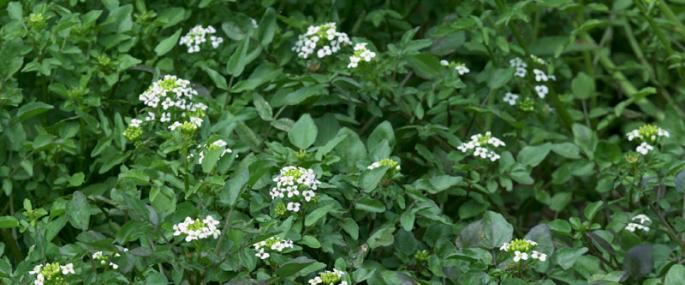Water-cress is an evergreen aquatic plant that grows in thick drifts in shallow, clear water (especially fast-flowing streams) all around the UK. Traditionally hand-picked from the wild as a useful salad addition, it became popular in the 18th century, and is now cultivated on a commercial scale.
Human activity, including the drainage of land for agriculture and development, has resulted in the disappearance of many of the UK's wetlands. The Wildlife Trusts are working closely with planners, developers and farmers to ensure our wetlands are protected. You can help too: add native plants and flowers to a wildlife-friendly pond and provide shelter for frogs and nectar for insects. In partnership with the RHS, The Wildlife Trusts' Wild About Gardens initiative can help you plan your wildlife garden.
